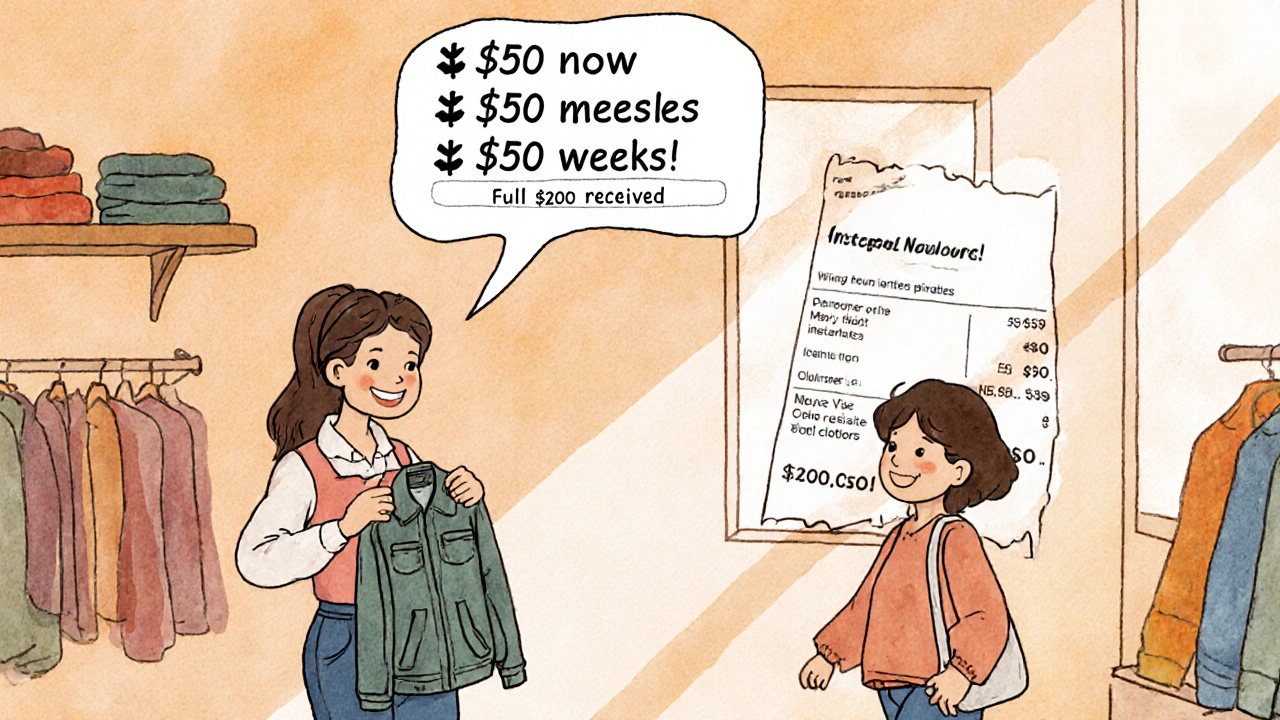BNPL Integration: How Buy Now, Pay Later Works in Fintech and Business Systems
When you see BNPL integration, the technical connection between a merchant’s checkout system and a Buy Now, Pay Later provider like Klarna or Affirm. Also known as point-of-sale financing, it lets shoppers split payments into small installments without a credit card—while the merchant gets paid upfront. This isn’t just a fancy checkout button. It’s a full pipeline: the shopper selects BNPL, the system checks eligibility in real time, the payment network authorizes the transaction, and the BNPL provider covers the cost to the merchant—minus a fee. The shopper then repays the provider, usually interest-free if paid on time.
BNPL integration relies on three key pieces: a payment gateway, the software that connects the merchant’s website to payment processors, a payment processor, the backend system that moves money between banks and networks, and the BNPL provider’s API. These aren’t optional add-ons—they’re the plumbing. Without clean API connections, approvals fail, refunds get stuck, and reconciliation turns into a nightmare. That’s why companies like Shopify and Stripe built native BNPL options: they cut out the middleman and reduce errors. And it works. Merchants using BNPL integration see 20-40% higher conversion rates, according to internal data from platforms like Afterpay and Klarna.
But it’s not just about sales. BNPL integration changes how businesses manage cash flow. Instead of waiting 30-60 days for bank transfers, they get paid in 1-2 days. That’s huge for small shops and startups. But there’s a catch: the fee isn’t free. Providers charge 2-6% per transaction, and if a shopper defaults, the merchant might still be on the hook—depending on the agreement. That’s why smart businesses test BNPL with low-risk products first. They watch return rates, average order value, and repayment behavior before scaling.
Behind the scenes, BNPL integration needs payment observability, the system that tracks every step of a transaction to catch failures before customers notice. If a payment declines because of a network glitch, the merchant needs to know immediately—not days later when the customer complains. That’s why top platforms use logs, metrics, and traces to monitor every API call. It’s the same tech that keeps your bank transfers running smoothly.
You’ll find this in action across fintech tools. Budgeting apps use BNPL data to warn users about upcoming payments. Robo-advisors track BNPL usage as a sign of financial stress in younger clients. Even ESG portfolios now consider BNPL providers’ lending practices when deciding which fintechs to invest in. It’s not just a checkout option—it’s a financial behavior signal.
Below, you’ll find real breakdowns of how BNPL integration works inside payment systems, what fees you’re really paying, which platforms make it easiest for small businesses, and how to avoid the hidden traps that catch even experienced merchants. No fluff. Just what works.
BNPL for Small Businesses: How to Accept Installment Payments and Boost Sales
BNPL lets small businesses offer interest-free installment payments while getting paid upfront. Learn how to set it up, which providers to choose, and how to avoid costly mistakes that hurt your margins.
View More